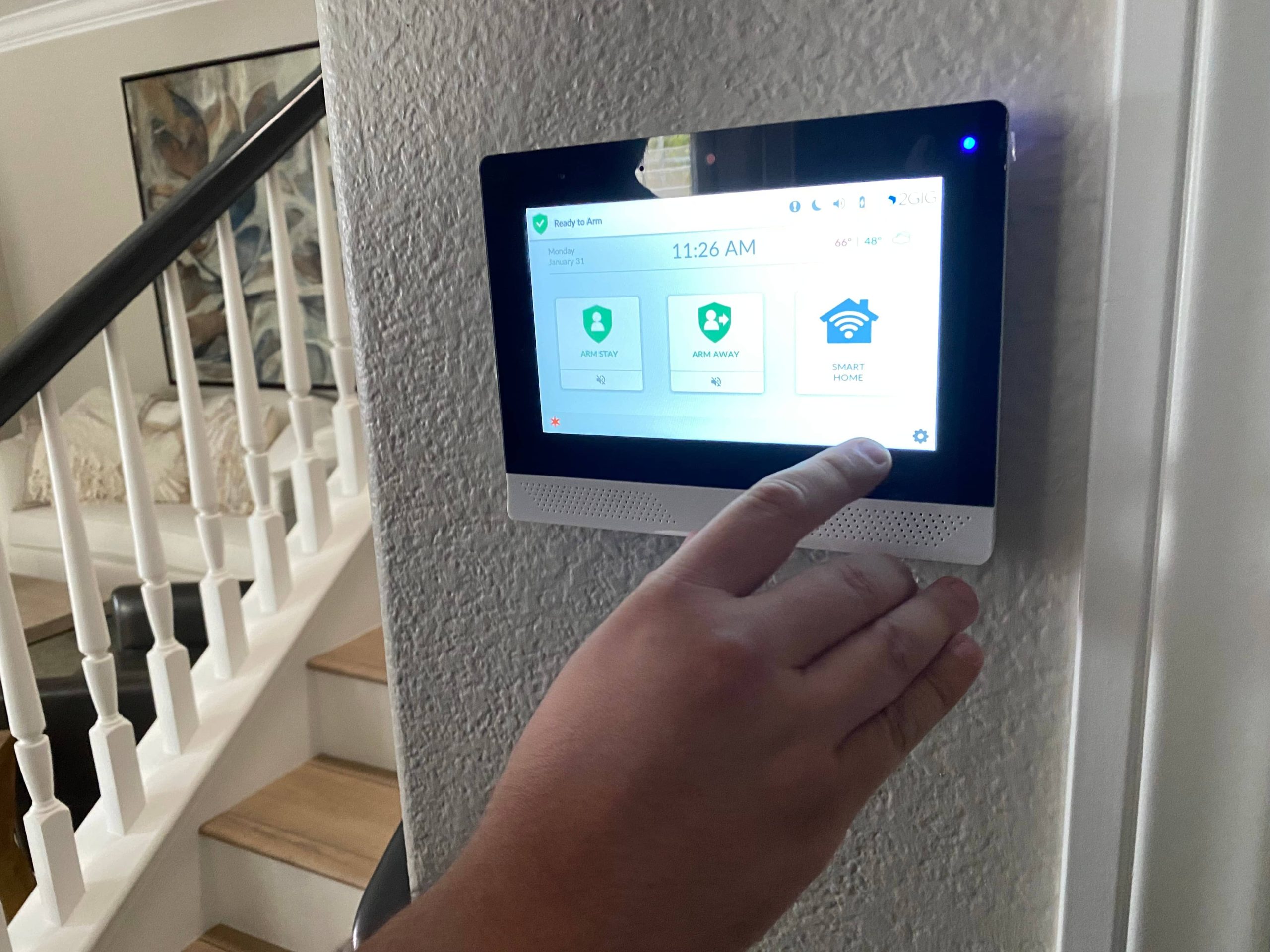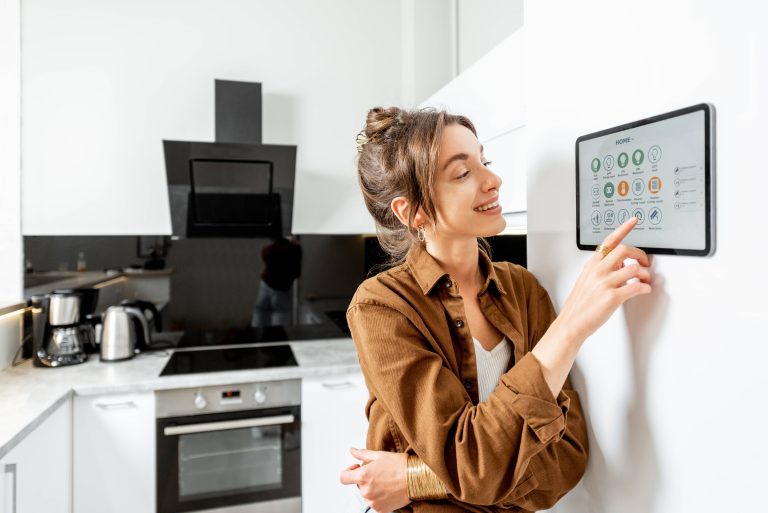
Welcome to the world of smart home automation, where convenience, efficiency, and peace of mind converge to create an elevated living experience. If you’re reading this, you’re either embarking on or enhancing your smart home journey. Integrating smart devices into your home might seem daunting initially, but with the right steps, it can be a seamless and enjoyable process. This blog post will guide you through the essential steps to seamlessly integrate smart devices into your home.
1. Planning and Evaluating Your Needs
Before purchasing any smart devices, it’s crucial to map out a plan and evaluate what you need. Ask yourself the following questions:
– What are your primary objectives? (e.g., energy efficiency, security, convenience)
– What areas of your home could benefit the most from automation?
– What is your budget?
Creating a list of desired functionalities can help guide your purchasing decisions and prevent impulse buys that don’t align with your broader goals. For instance, if security is a top priority, smart locks, cameras, and alarms should be at the forefront of your plan.
2. Choose a Central Hub
A central hub, or a smart home controller, acts as the brain of your smart home. It allows your devices to communicate with each other effectively. Popular hubs include Amazon Echo, Google Nest Hub, and Apple HomeKit. When selecting a hub, consider the following:
– Compatibility with devices you already own or plan to purchase.
– The ecosystem’s expandability.
– User interface and ease of use.
For example, if you’re a devoted Apple user, Apple HomeKit may be your best choice for its compatibility with iOS devices and seamless integration.
3. Invest in a Strong Wi-Fi Network
A robust Wi-Fi network is the backbone of any smart home. Without a reliable internet connection, your devices won’t function properly or communicate with each other. Ensure seamless integration by:
– Having a high-speed internet plan that can handle multiple devices simultaneously.
– Investing in a router that supports the latest Wi-Fi standards and offers ample coverage for your home size.
– Considering mesh Wi-Fi systems for larger homes to avoid dead zones.
4. Begin with Essential Devices
When starting, focus on integrating essential smart devices. Here are some foundational devices to consider:
– Smart Lighting: Automate lighting with smart bulbs or switches that can be controlled via your smartphone or voice command.
– Smart Thermostats: These can learn your schedule and preferences to optimize energy consumption.
– Smart Security Systems: Cameras, doorbells, and locks that offer real-time monitoring and alerts.
Starting with these basics sets the foundation for a more extensive smart home ecosystem.
5. Ensure Device Compatibility
Seamless integration relies heavily on device compatibility. Before purchasing new gadgets, ensure they are compatible with your chosen hub and existing devices. Most manufacturers list compatible products on their websites or packaging. Investing in devices within the same ecosystem often simplifies integration and minimizes potential issues.
6. Set Up and Configure Devices
Once you have your devices, follow these steps for setup:
– Unbox and read the manufacturer’s instructions carefully.
– Download necessary apps for each device on your smartphone or tablet.
– Connect each device to your Wi-Fi network.
– Follow on-screen prompts to complete the setup process.
Many smart devices come with user-friendly installation guides and video tutorials to assist you. For more complex installations, don’t hesitate to seek professional help.
7. Automate with Routines and Schedules
The real magic of smart home devices lies in automation. Use your hub’s app to create routines and schedules that simplify your daily life. Here are a few ideas:
– Morning Routine: Automatically turn on lights, start the coffee maker, and adjust the thermostat when your alarm goes off.
– Away Mode: Have your security system activate, lights turn off, and thermostat adjust when you leave home.
– Bedtime Routine: Gradually dim lights, lock doors, and set the thermostat to a comfortable sleeping temperature.
Automation not only enhances convenience but can also lead to energy savings and increased security.
8. Explore Voice Control
Voice assistants like Amazon Alexa, Google Assistant, and Siri can take your smart home experience to the next level. Once you’ve integrated your devices, set up voice control for hands-free operation. For example, you can ask Alexa to turn off the lights, set reminders, or play music.
For seamless voice control:
– Ensure your devices are compatible with your chosen voice assistant.
– Group devices logically (e.g., “living room lights”) for easier control.
– Practice using specific commands to familiarize yourself with the assistant’s capabilities.
9. Regular Maintenance and Updates
Keeping your smart devices updated ensures they operate efficiently and remain secure. Perform regular maintenance by:
– Checking for firmware updates and installing them promptly.
– Rebooting devices periodically to resolve minor issues.
– Monitoring device performance through their respective apps.
Additionally, participate in user forums and manufacturer support pages to stay informed about known issues and troubleshooting tips.
10. Expand Gradually
Once you’re comfortable with the basic setup, you can gradually expand your smart home. Consider adding:
– Smart Appliances: Refrigerators, ovens, and washing machines that offer advanced features and connectivity.
– Smart Plugs and Switches: Convert traditional devices into smart devices.
– Advanced Security Features: Additional sensors, cameras, and monitoring services for comprehensive security.
Expanding systematically allows you to avoid becoming overwhelmed and ensures each new device integrates smoothly.
Conclusion
Integrating smart devices into your home can transform your living experience, making it more convenient, secure, and energy-efficient. By following these steps—planning and evaluating your needs, choosing a hub, ensuring a strong Wi-Fi network, starting with essentials, ensuring compatibility, setting up and configuring devices, automating routines, exploring voice control, performing regular maintenance, and expanding gradually—you’ll find the process smooth and rewarding.
Embrace the journey toward a seamlessly integrated smart home, and soon, you’ll wonder how you ever lived without it. Happy automating!







